Related Research Articles

Michael Gottlieb Birckner Bindesbøll was a Danish architect active during the Danish Golden Age in the first half of the 19th century. Most known for his design of Thorvaldsens Museum in Copenhagen, he was a key figure in the stylistic shift in Danish architecture from late classicism to Historicism. He was the father of the designer Thorvald Bindesbøll and the textile artist Johanne Bindesbøll.

Aksel (Axel) Einar (Ejnar) Utzon-Frank was a Danish sculptor and professor at the Royal Danish Academy of Fine Arts. During his lifetime, he produced many sculptures, some of which stand as public monuments. Utzon-Frank was son of Jens Christian Frank and Anna Cathrine Utzon. Anna Cathrine was sister to the grandfather of Pritzker Prize-winning architect Jørn Utzon.
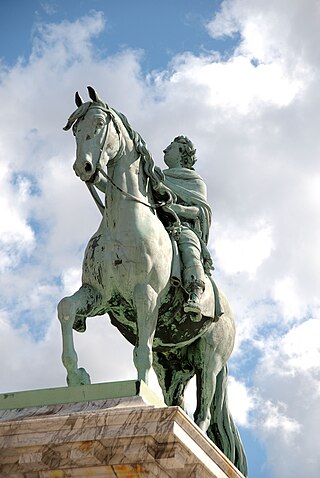
Danish sculpture as a nationally recognized art form can be traced back to 1752 when Jacques Saly was commissioned to execute a statue of King Frederick V of Denmark on horseback. While Bertel Thorvaldsen was undoubtedly the country's most prominent contributor, many other players have produced fine work, especially in the areas of Neoclassicism, Realism, and in Historicism, the latter resulting from growing consciousness of a national identity. More recently, Danish sculpture has been inspired by European trends, especially those from Paris, including Surrealism and Modernism.
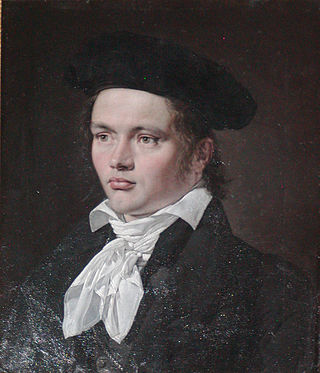
Hermann Ernst Freund was a German-born Danish sculptor. He is remembered in particular for his figures from Nordic mythology and for the Ragnarok Frieze.

Hans Peder Pedersen-Dan was a Danish sculptor.

Willy Ørskov was a Danish sculptor who is remembered for works created from plastics and inflatable materials.
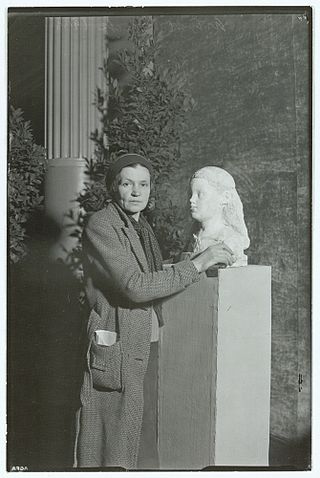
Astrid Noack was a Danish sculptor who specialized in the human figure, creating works such as the statue of Anna Ancher in Skagen, and her Standing Woman which was included in the Danish Culture Canon.

Johannes Clausen Bjerg was a Danish sculptor who worked primarily in the El Greco-style.

Henrik Starcke was a Danish sculptor who created fanciful creatures based on his interest in ancient art.
Palle Louis Nielsen was a Danish illustrator and graphic artist. Considered to be one of the masters of his times, his works include drawings, watercolours, woodcuts and linocuts.
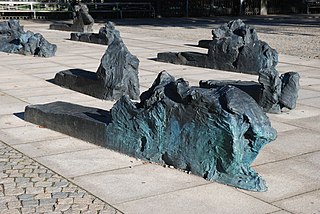
Kirsten Møller Ortwed is a Danish artist, now based in Cologne, Germany. She is noted for her striking sculptures in public spaces and her sometimes surprising combinations of traditional and unconventional materials.
Kirsten Lockenwitz is a Danish artist and sculptor. Her elegant abstract works can be seen in public spaces, for example in Copenhagen and Aalborg.
Anna Klindt Sørensen was a Danish painter and illustrator. She is now remembered as a strong, self-assured women who practised French Expressionism on her own terms in Denmark.
Kasper Jacob Heiberg was a Danish painter and sculptor. Though largely forgotten today, in retrospect Heiberg is considered to have made an important contribution to the development of Danish painting.
Mogens Møller was a Danish Minimalist sculptor and painter who has designed a number of large public works and created the portrait of Queen Margrethe on Danish coins.
John Olsen was a Danish sculptor, illustrator and painter.
Thomas Bang is a Danish sculptor who in the 1970s contributed to Conceptual art and Pop art in the United States.
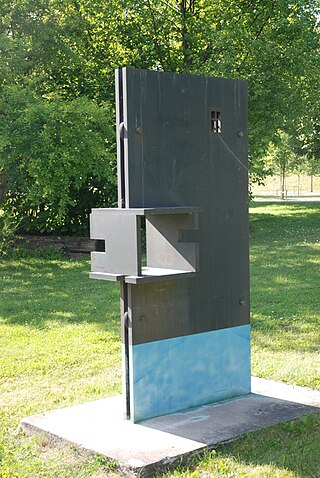
Elle Klarskov Jørgensen is a Danish sculptor. Born in Slagelse, she attended the Royal Danish Academy of Fine Arts where she studied under Willy Ørskov and Hein Heinsen (1978–87). She has exhibited installations and more simple works inspired by Constructivism and Minimalism.
Lone Høyer Hansen was a Danish sculptor who created works with combinations of untraditional materials such as concrete, cellophane, fabrics and plaster.
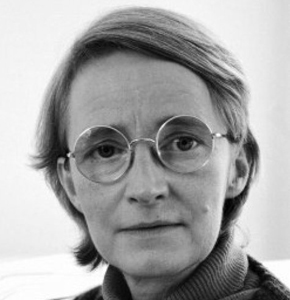
Eva Sørensen was a prolific Danish sculptor and ceramist whose granite and marble works are exhibited in museums and public spaces across Denmark. She died in Verbania in Italy.
References
- 1 2 "Eva Koch" (in Danish). Kunstindekx Danmark & Weilbachs Kunstnerleksikon. Retrieved 10 October 2014.
- 1 2 "Eva Koch" (in Danish). martinasbækgallery. Retrieved 12 October 2014.
- 1 2 "Thorvaldsen Medaillen" (in Danish). Danske Litteraturpriser. Retrieved 10 October 2014.
- ↑ Ann Lumbye Sørensen. "Eva Koch" (in Danish). Kunstindeks Danmark & Weilbachs Kunstnerleksikon. Retrieved 12 October 2014.
- 1 2 Mai Misfeldt. "Portræt - Eva Koch" (in Danish). KunstOnLine.dk. Retrieved 12 October 2014.
- ↑ "Eva Koch" (in Danish). KunstOnLine. Archived from the original on 16 October 2014. Retrieved 12 October 2014.